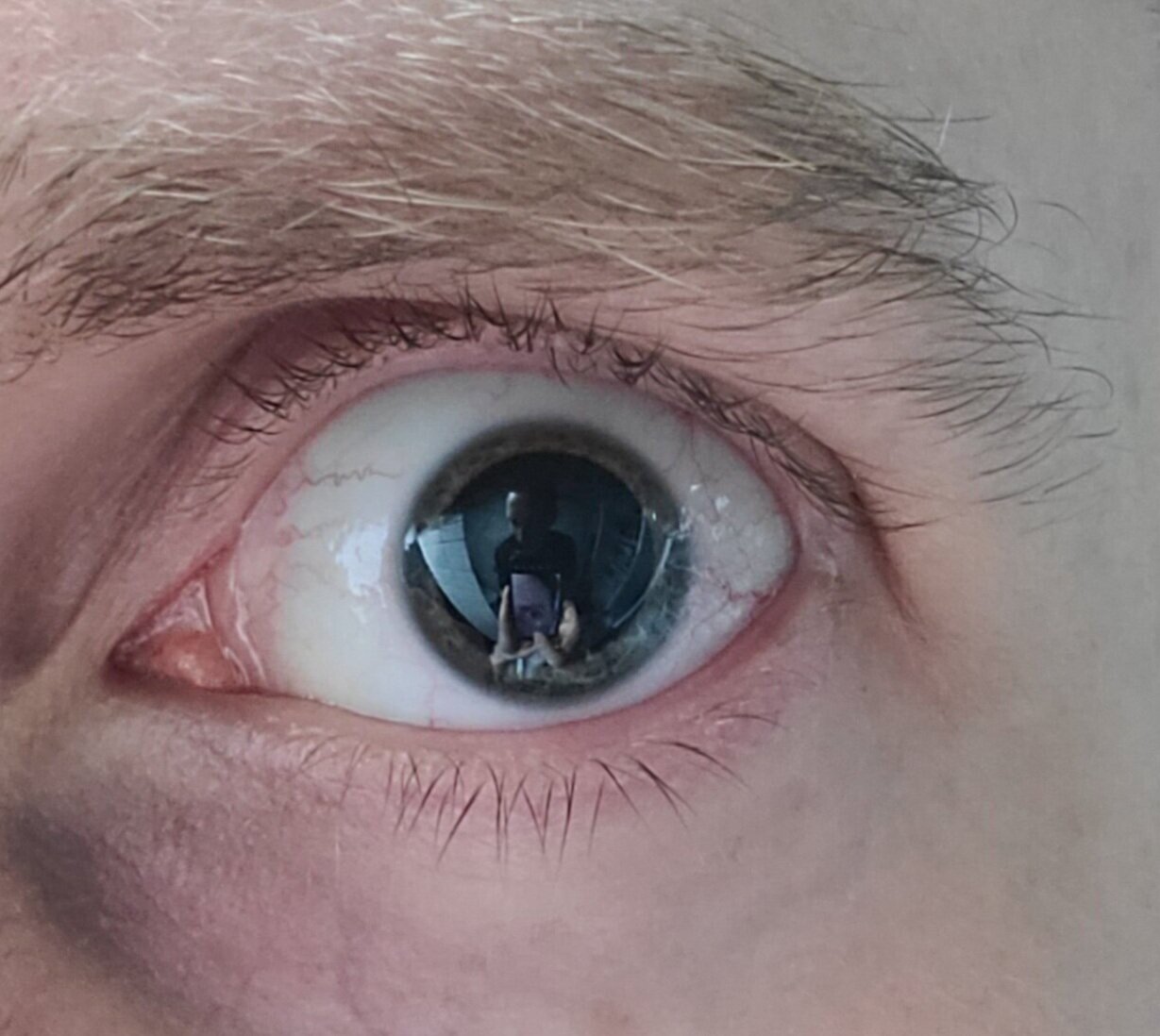Eye surgery and the Droste effect
For a while now, I have been thinking about having some type of laser corrective surgery for my eye sight. Since about the age of 8, I have had glasses and have been wearing contact lenses since my mid teens. They work well, but the overhead of using them is getting to me and if I could go without it would be great. Currently, there are several (FDA) approved and well tested laser surgeries on the market, such as SMILE, that work by removing a small part of the cornea to correct for refractive errors. The treatments have a very high success rate for myopia and very little downtime. Living in South Korea for almost a year now, where these types of procedures are excellent and well priced, I decided to see if I would qualify.
After well over an hour of thorough checks, I was informed that it would not be a good idea to proceed with a laser procedure. Contra-indications are low corneal thickness and high degree of myopia, which are both present in my case. To correct my vision, a large part of the cornea would have to be removed, which is not safe. As an alternative, a procedure using intra-ocular lenses was suggested. This procedure means a lens is implanted in your eyes, behind the iris to permanently correct for vision (but does not come with any augmented reality features yet unfortunately).
One of the checks for contraindications involves artificial dilation of the pupil, because this is part of the operative procedure eventually. Since my pupils were still dilated after the exam and I could not really do much because of some expected blurry vision, I decided to take some pictures, which resulted in an interesting phenomenon, known as the Droste effect, shown in the image below.
This effect is named after the Dutch Cacao brand ‘Droste’ which featured a similar type of recursion on the original cacao can designed in 1904. The image in the can (shown below), depicts a woman carrying the same can and on that can is again the same image of the same woman carrying the same can …
This goes on indefinitely but in practice is limited by the resolution of the image.
The effect was cleverly applied in several other artworks among which a 1956 lithograph called ‘prentententoonstelling’ (print exhibition) by Dutch painter M.C. Escher, depicted above. Like many of his paintings, he uses geometrical tricks to distort the image, making them mathematically interesting. In this case, a person is in a gallery looking at painting and the lithograph is distorted in such a way that it seems the painting in the scene and the scene itself blend.
At the center of the original image is the signature of Escher, which leaves some questions as to what the exact geometrical structure of the work is. To solve this, the picture was analyzed by mathematicians from Leiden university to uncover a hidden ‘Droste effect’: the person is staring at his own scene.
See also
https://www.zeiss.com/vision-care/int/better-vision/health-prevention/smile-laser-eye-surgery.html
https://en.wikipedia.org/wiki/Droste_effect
https://surrealismtoday.com/the-droste-effect/
https://mcescher.com/
http://www.ams.org/notices/200304/fea-escher.pdf


